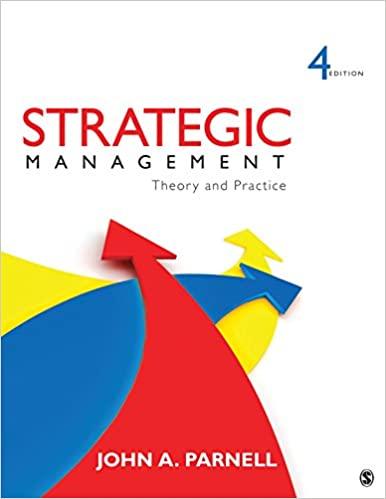
(g) What is the probability that after 1 hour, 5 regular customers have arrived and none of them have ordered a meal? 3. Batman has gone out for a night of crime ghting to an alley frequented by criminals. Criminals arrive to the alley according to a Poisson Process with rate of 1 per 5 minutes. Using standard bad guys techniques, they only attack the Dark Knight one at a time. It takes our hero an exponential amount of time to knock each one out with an average of 1 minute. Due to the size of the alley, there can be at most 5 conscious criminals. Develop a CTMC model for number of conscious bad guys. (a) Give the Q matrix, draw the TPD, and solve fora. (b) What is the expected number of conscious criminals in the alley? (c) If Batman is in the alley for 2 hours, how long does he spend actually ghting? (d) Is this a birthand-death process? Why or why not? If it is, recalculate the steady-state vector utilizing the special equations derived for a BAD process. Show all relevant formulas for full credit . 4. A single technician services two different machines. The machines have independent exponential times until break down with an average of 10 hours and 15 hours for machine 1 and 2, respectively. The time it takes to repair each machine is exponential with an average of 4 and 6 hours for machine 1 and 2, respectively. Management would like to evaluate three different repair policies based on the expected number of functioning machines they will have in these scenarios in the longrun. Develop a CTMC (give Q and draw the TPD) to count the number of working machines for each of the following scenarios. (a) The technician will repair each machine in the order that they failed. (b) The technician will always repair machine 1 if it is broken down. If the technician is repairing machine 2 and machine 1 fails, he or she will immediately switch over and begin repairing machine 1. (c) The technician can work on repairing both machines at the same time. The service times are unchanged for each machine. ((1) As the engineer assigned to these machines, which policy would recommend to management and why? Management wants some numerical analysis and reasoning done to demonstrate why








